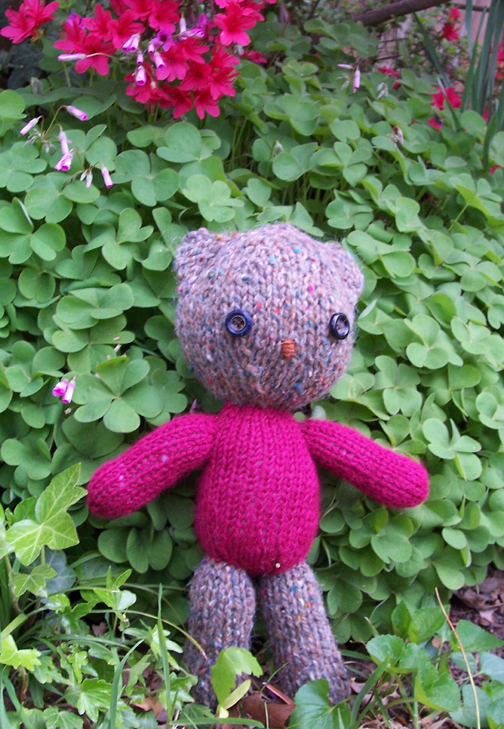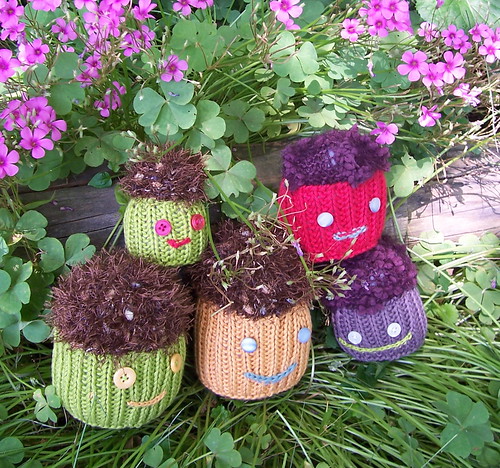 A September dessert with farmers market blackberries.
A September dessert with farmers market blackberries. A while back, I
mentioned wanting to read
Animal, Vegetable, Miracle by Barbara Kingsolver, Steven Hopp and Camille Kingsolver. A bunch of you left praise for the book in your comments (thank you!), and I read the book shortly thereafter. I wanted to finally post a book report ;-) and mention another book, about which I’m hoping you’ll leave some comments as well.
Reading books (or blogs) about environmentalism or green-related topics often overwhelms me. I usually end up feeling helpless and scared and angry. Although, I’ll admit, I did feel like this occasionally reading
Animal, Vegetable, Mineral, I also laughed, salivated a lot and felt empowered and joyous at many points. The book is an excellent balance of seriously intense/f-ed up information about food production and the pesticide industry in the U.S., and uplifting, funny, honest stories and solutions about all sorts of things food- and life-related. I think this is what makes Barbara “dangerous” to some people. She is influencing people with this book—people are making changes as a result of the book, as your comments on my last post about this book prove.
My favorite parts of the book were those describing Barbara’s youngest daughter’s egg business (what a badass and fun girl!), and those describing Barbara and her husband’s trip to Italy. What most surprised me about the book, was how much it is about American farming, from many different angles. Of course, it was idiotic of me not to realize a book about eating locally-grown food for a year would be largely about farming; My not realizing this, just proves how removed I am from thoughts about/knowledge of farming.
Some changes I have been making as a result of the book:I’ve been buying my produce at the farmers market. And now, I’m going to go in with my housemate on a
plan she’s been on for a few years. She gets her locally-grown, organic food from a relatively nearby farm. It’s delivered weekly to SF residents. Now I will learn what foods are actually grown in the area throughout the year, I’ll be eating super tasty healthy food, I'll be supporting local organic farmers, I'll be saving money and I will not be contributing to the massive amount of oil being used to ship produce all over the world.
Each food item in a typical U.S. meal has traveled an average of 1500 miles…If every U.S. citizen ate just one meal a week (any meal) composed of locally and organically raised meats and produce, we would reduce our country’s oil consumption by over 1.1 million barrels of oil every week. (Hopp)I am also considering giving up vegetarianism! I’ve been a vegetarian for 25 years, since I was 9 years old! This is big for me. I don’t actually agree with all of Barbara’s arguments on the pro-meat-eating, but I’m definitely considering it. The main argument I see
for eating meat, is that if a bunch of people start eating locally-raised, grass-fed, free-range, organic meat, that would impact our meat industry far more than not eating meat at all does. Because even if the number of vegetarians/vegans increases, there will still be people buying the meat industry’s (poisoned in many ways) meat. I think the trick is to,
ahem, beef up the purchasing of the locally-raised, grass-fed, free-range, organic meat—take customers away from the industry. Even though I say this, I still
haven’t been able to make the switch. {Sidenote: There's a new meat-related magazine,
meatpaper. Check it out.}
It's just amazing to me how so many of us can be so unaware about such a basic part of life/survival—food. And
what a huge positive impact—on health (of animals and people), farming, pesticide-use (eliminating it), land use (sustaining soil), oil dependency (decreasing it), the environment and the flavor of food
—we can make, if we are more thoughtful about food. I could go on and on about this book because it covers so many different topics of importance. But I know I’m preaching to the choir here. (Or, if not, read the book!)
The next greenish book on my list is
Cradle to Cradle by William McDonough and Michael Braungart, an architect/designer and a scientist. As I understand it, the book is about designing “everything from carpeting to corporate campuses” in such a way that there is no waste. It’s not
necessarily making things recyclable (as recycling can sometimes be toxic and energy-consuming), but also making things reusable or degradable. Have any of you read it? Thoughts?























